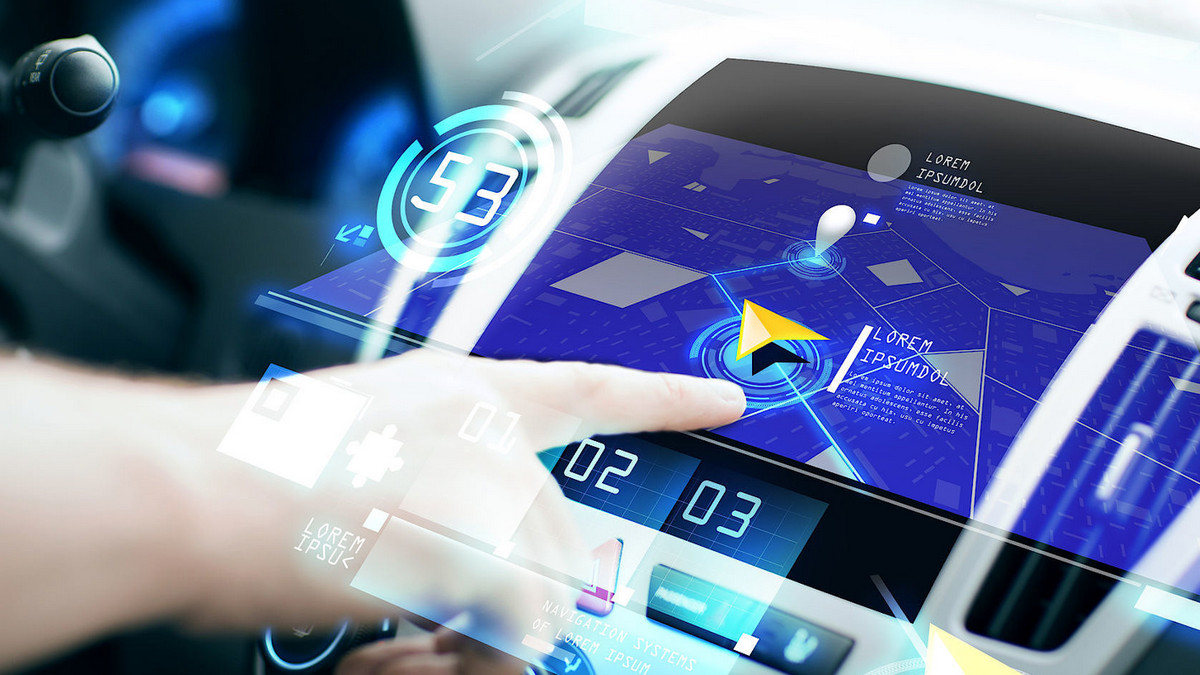With the rapid growth of the global electric vehicle market, research and development of the materials used in new electric vehicles has been accelerated. Improvements in infrastructure, such as an increase in the number of charging stations being used, has also become commonplace. When consumers buy electric vehicles, they hope to enjoy the convenience of being able to travel distances similar to those realized by internal combustion engine vehicles before needing to be refueled. So, the development of batteries with high storage capacity and short recharging times, as well as light-weight vehicle bodies that will reduce power consumption, has received much attention.
Competition in the electric vehicle market is becoming more and more intense, and the distance the vehicle can travel on a single charge is a major determining factor most consumers will consider when purchasing an electric vehicle.
Advanced, composite materials can be used to make lightweight vehicle bodies and interiors. This reduction in the weight of the vehicle will give better energy efficiency.
“Lightweight” vehicles can also help extend the driving distance from a single charge. As vehicles require shorter charging times, and can drive longer distances between charges, this increased convenience will make consumers more willing to buy electric vehicles. As the demand continues to grow, production methods will also improve, further accelerating the global demand.
Current factors that determine mainstream car manufacturing are manufacturing costs, safety, and appearance. Most cars produced now are constructed using heavier raw materials, such as metals, because of the relatively low processing costs. To achieve a major reduction in the weight of the car body, it will be necessary to change the relatively heavy metal raw materials used, such as galvanized steel sheets and steel pipes, to lighter aluminum alloys and ultra-high-strength metal materials. Steel, glass fiber, carbon fiber, and even advanced plastics and composite materials that are high-tech, light in weight, and have the same resistance to stress and deformation, can be used as alternative materials for building the overall body, roof, front and rear fenders, and hood of the vehicle.
According to the American Institute of Aluminum, a car body that uses 0.45 kilograms of aluminum can reduce the weight of a car by 1 kilogram. Theoretically, aluminum cars can reduce weight by as much as 40% compared to steel cars. For a car weighing 1300kg, if the weight of the car can be reduced by 10%, the fuel consumption can be reduced by 8%.
Magnesium alloys are more commonly used to manufacture cylinder blocks, cylinder heads, intake manifolds, instrument panel skeletons, steering wheels, transmission housings, wheel hubs, body parts, door frames, etc. The total amount of magnesium alloys in a car is about 5.8 kilograms to 26.3 kilograms.
At present, titanium and titanium alloys can be used to manufacture chassis parts, engine intake and exhaust system components, crankshaft connecting rod mechanisms, such as connecting rods, valves, valve springs, camshafts, etc. In addition, titanium alloy sheets and pipes can still be used to manufacture mufflers and wheels (frames). The application scope of titanium alloy materials in vehicle manufacturing has gradually expanded from the field of racing cars to industrialized and mass-produced cars.
Ultra-high-strength steel, can be used to manufacture most of the body parts of a car. From a cost to performance perspective, high-strength steel plate is currently the best metal material that can meet the requirements of lightening the car body and improve safety and collision protection. It is expected that the use of high-strength steel will increase, to adapt to, and comply with stricter vehicle safety regulations in various countries.
The strength of boron alloy, ultra-high strength steel can reach 1500 MPa, which is five times that of aluminum alloy. Because its density is only three times that of aluminum alloy, the weight reduction benefit is better than that of aluminum alloy. For example, if an all-aluminum alloy body can reduce the weight of the body by 30%, the boron alloy steel can reduce the weight by 33%. Because ultra-high-strength steel is less expensive than aluminum, manufacturing costs are also reduced by 30% compared with the aluminum. Collision safety is also greater with ultra-high-strength steel, so it meets the dual requirements of light weight and safety at the same time.
When the thickness of the steel plate is reduced by 0.05, 0.10 and 0.15 mm respectively, the body weight can be reduced by 6%, 12% and 18% respectively. Using more advanced high-strength steel to build vehicles can not only effectively increase safety, but also further reduce cabin noise and vibration discomfort, while also reducing the total weight of the vehicle and improving fuel efficiency. Acceleration and drivability are improved without increasing the cost.
Plastics and their composite materials are other important lightweight materials that can reduce the weight of automobiles components by as much as 40%. Compared with general plastics used in existing car manufacturing, engineering plastics have higher heat resistance, wear resistance, chemical resistance, and dimensional stability. They have excellent mechanical properties, and their production consumes less energy.
Since the 1970s, plastics such as foams, cushioning materials, and cushions made of flexible PVC and polyurethane plasticized materials have been widely used in the mainstream automotive industry. The LTD test car, developed by Ford Motor, achieved remarkable results in the lightening of its body after plasticization, reducing the weight of the whole vehicle by more than 300 kilograms.
Composite materials are mainly used in the exterior coverings and sheet portions of the body, such as: fenders, doors, roof panels, engine hoods, fairings, rear compartment partitions, etc. Nearly the entire body can be made of all-composite materials.
The scope of the application of plastics in automotive manufacturing has gradually expanded from interior parts to the body, structural parts, and exterior sheet parts. In the future, focus will be placed on further development of high-performance resin materials and reinforced plastic composite materials structural parts and exterior parts. To improve environmental benefits, in the future, more attention will also be placed on the recyclability of plastic car component materials.
The application of different polyolefin materials is expected to grow significantly due to their low density, good performance, and low cost. It is estimated that the use of polypropylene and polyvinyl chloride materials will continue to increase in the future.
The use of light-weight cloth and plastic materials for vehicle interiors, seats, center console, headliner, side door trim, rear compartment divider, etc., will also add to the lightweight trend.
Reducing the weight of the battery can also significantly reduce the overall weight of the vehicle, and extend the driving distance from a single charge. The energy density of existing electric vehicle batteries is still not high, and there is room for improvement. Compared with traditional fuel vehicles, the power system of electric vehicles (mainly based on batteries) usually accounts for 30% to 40% of the total vehicle weight, generally reaching 500 to 800 kilograms. Therefore, by using more efficient battery materials, or reducing the thickness of the battery separator, the energy density can be increased.
The reducing of the weight of the body and components will be an overall transformation of the entire vehicle. Designs that reduce the vehicles aerodynamic drag will also help reduce energy consumption. All these design improvements will naturally help to expand the overall electric vehicle market.




.jpg)









